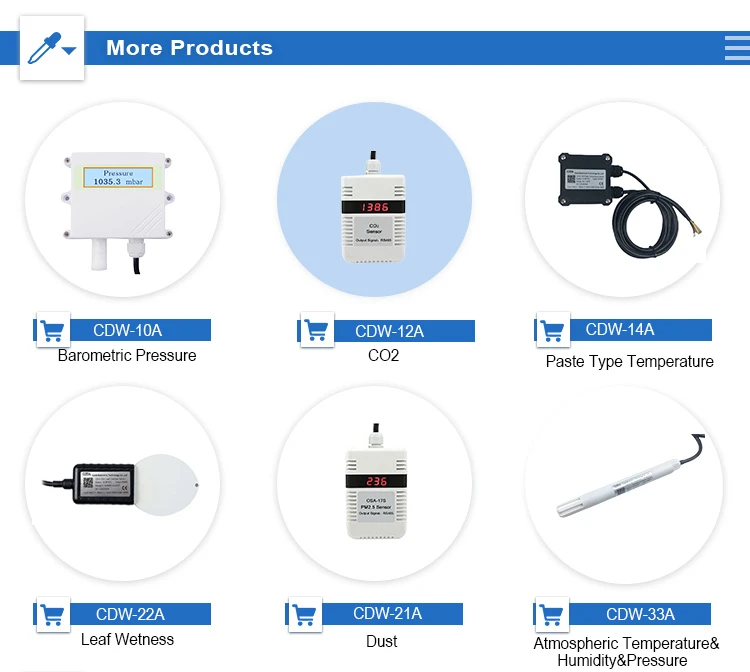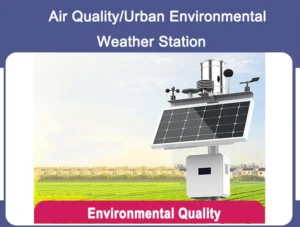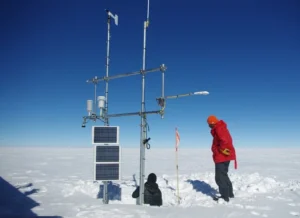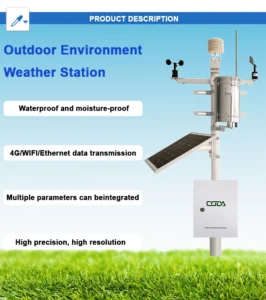How Weather Instruments Contribute to Climate Studies
Weather instruments are important tools for studying the climate. They provide key data about atmospheric conditions. They help scientists and researchers watch, study, and understand weather patterns and long-term trends.
This improves our knowledge of the Earth’s climate system. This article looks at how important these tools are in climate studies. It also shows the different tools used to collect and analyze data.
The Role of Weather Instruments in Climate Research
Weather instruments are useful tools. They help us gather data on temperature, humidity, air pressure, wind speed, and other environmental factors. By collecting this data, researchers can study climate patterns.
They can see changes in the climate system and guess what will happen in the future. In fields like weather, climate, and environmental science, these tools are very important. They help us learn about the Earth’s climate. They also show how it affects ecosystems and human societies.
Weather instruments are very important for studying climate change. They track and record changes in the Earth’s climate over time. This shows how what people do impacts the environment.
These actions include releasing greenhouse gases, cutting down trees, and causing pollution. The insights from this data help scientists suggest ways to reduce climate change and adapt to its effects.
Key Weather Instruments Utilized in Climate Studies
Different types of weather instruments are used in climate research. Each one is made to measure certain weather conditions. Here are some of the most common tools you can use:
– **Thermometers**:
These devices track changes in air temperature. They give important details about how heat energy spreads and long-term temperature changes. You can choose thermometers such as mercury, digital, and infrared. Your choice depends on your research needs and the environment.
– **Barometers**:
Barometers measure the pressure of the air. They give important information about pressure changes that affect weather and climate. Common types are mercury barometers, aneroid barometers, and digital models. These tools are used for precise measurements.
– **Anemometers**:
Anemometers measure how fast the wind blows and which way it is going. They help us learn about air movement and how the atmosphere moves. This information helps researchers look at weather patterns and changes in the climate. It also helps them see the forces that shape climates around the world and in their area.
– **Hygrometers**:
Hygrometers are tools that measure how much moisture is in the air. They give details about moisture and water vapor in the air. These measurements help us learn how clouds form, how rainfall patterns work, and how climate changes over time.
– **Weather Stations**:
Weather stations are systems that use different tools to collect data. They measure temperature, pressure, humidity, wind, and other factors.
They are widely used in weather and climate studies. And they help track weather patterns, climate changes, and extreme events. This helps us understand complex climate systems.
The Role of Weather Instruments in Climate Change Research
Weather instruments are essential for climate change research. They help us track and record changes in Earth’s climate over time. Researchers collect data on important environmental factors such as temperature, humidity, and air pressure.
This helps them look at climate patterns, find trends, and see how human activity impacts the environment. These insights help create smart strategies to deal with and reduce the effects of climate change around the world.
These tools provide researchers with important data. This data helps study long-term climate trends, extreme weather events, and changes in Earth’s climate system.
Scientists can use this data to discover patterns and strange events. This helps them learn how climate change works. It also shows the wider effects on nature and people.
Weather instruments also play a pivotal role in forecasting future climatic conditions. Scientists use past data, prediction models, and advanced simulation methods.
This helps them look at different situations and how they affect nature and people. This foresight gives policymakers and stakeholders important information. They need this to adjust to the challenges of a changing climate.
Advancements in Weather Instrument Technology
New technology in weather tools has changed how we look at the climate. It has made data more accurate, quicker, and easier to get. Modern instruments now use advanced sensors, real-time communication systems, and smart data loggers. This makes it easy to collect and send data for detailed analysis.
A big step forward in this area is the creation of automated weather stations. These stations can measure several weather factors at the same time. These stations have special sensors.
They measure temperature, wind speed, humidity, and air pressure. They give accurate and reliable data. This data is very helpful for studying the climate.
Satellite remote sensing has changed how we watch the climate on a large scale. Satellites with advanced weather tools can collect global data on climate from space. This gives useful information about weather patterns and how they change over time. This ability lets researchers see big events that tools on the ground might not catch.
The use of artificial intelligence and machine learning boosts the power of these technologies. They help researchers quickly process large datasets. Advanced analytics show complicated links in climate systems. This helps us understand how Earth’s environment is changing.
The Future of Weather Instruments in Climate Studies
The future of weather tools in climate research looks bright as technology keeps getting better. Their role in tracking and studying climate patterns will be important. This helps us deal with the challenges of global climate change.
New tools, such as small instruments and wireless connections, can help collect data better. They also link to Internet of Things (IoT) platforms. These improvements will allow for better monitoring in remote or hard-to-reach places. This will help us study different climates and regions.
Scientists, governments, and international groups will team up to monitor the global climate better. Sharing resources, data, and knowledge will strengthen scientific networks. This will help us understand the weak points in Earth’s climate system better.
By using new technologies and working together, people can better respond to climate challenges. These advancements help us learn more. They also help with efforts to adapt to and lessen the effects of climate change for a better future. The ongoing development of weather instruments will play an important role in these efforts.
conclusion
In summary, weather instruments are important tools for scientists to use. They help us watch, study, and understand the Earth’s climate. These tools play a big role in climate change research and environmental sustainability.
These tools gather data on key weather factors. These include temperature, humidity, air pressure, wind speed, and direction. They provide valuable information about climate patterns, trends, and long-term changes.
This better understanding of the Earth’s climate system helps us see how complex it is. It also shows how it impacts the Earth and people. As technology grows and research improves, weather instruments will be very important.
They help us learn about climate changes. These tools help create solutions to fight climate change. This work supports a future that is both sustainable and healthier.














